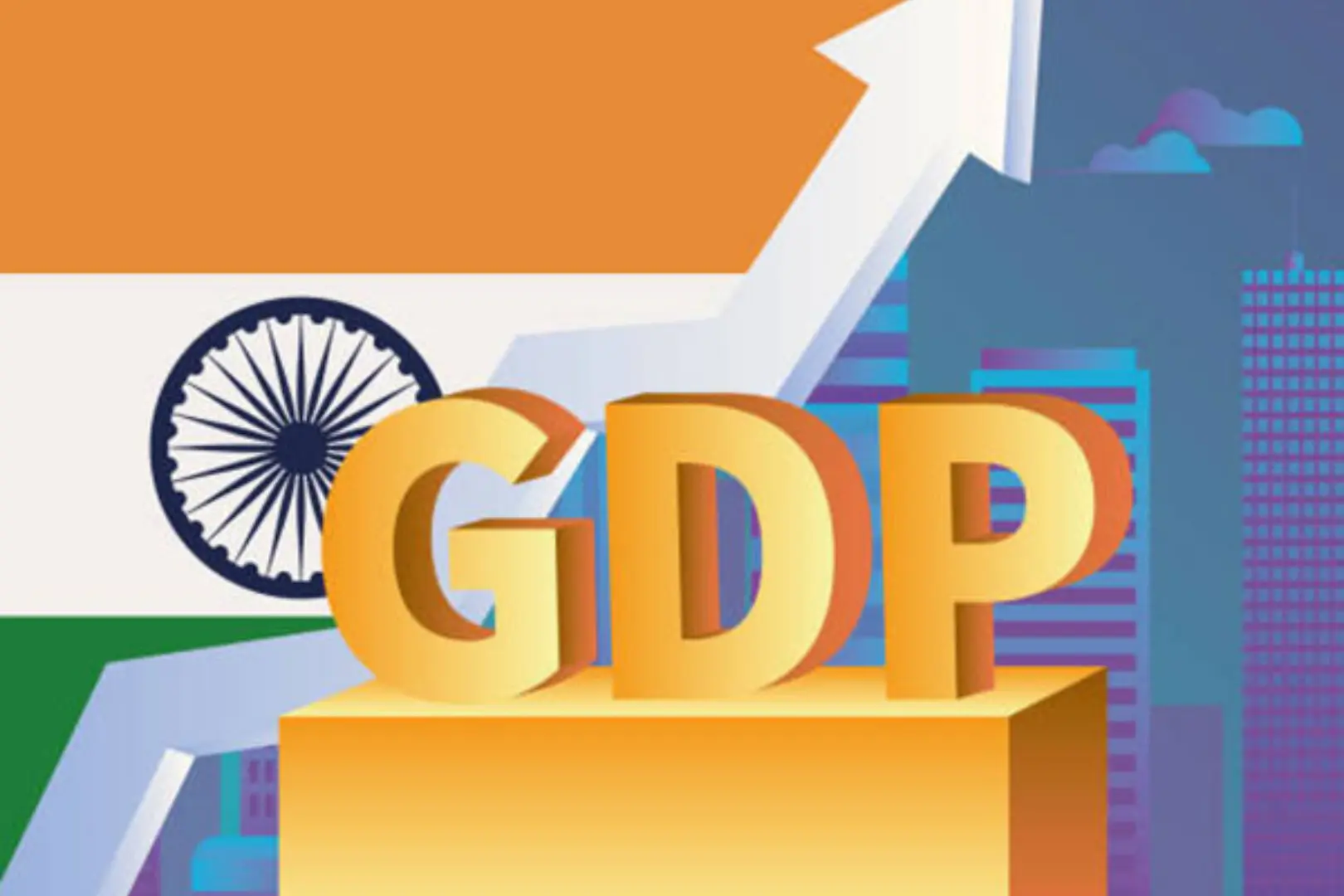19-Sep-2024, 04:25 PM
According to a recent report by S&P Global, India is projected to become the third-largest economy in the world by 2030-31, with a gross domestic product (GDP) reaching approximately $6.7 trillion. This growth is expected to occur at an average annual rate of 6.7% starting from the fiscal year 2023-24. The report, titled “Look Forward – India’s Moment,” outlines several key factors contributing to this optimistic forecast.
Key Drivers of Growth
The primary driver of India’s economic growth will be capital accumulation, particularly through increased private capital investment. The report highlights that investment as a proportion of GDP reached a ten-year high of 34% in fiscal 2023, indicating robust economic activity. The Indian government has played a crucial role in this growth by supporting infrastructure projects and incentivizing manufacturing through various initiatives. S&P Global anticipates that capital investment will contribute approximately 53% of India’s GDP growth over the next several years.
Demographic Advantage
India’s large and growing working-age population is another critical factor in its economic outlook. With a labor force of about 678.6 million, the country has significant potential for productivity gains and economic expansion. However, the report emphasizes the need for increased female participation in the workforce, which was only 24% in 2022. Encouraging more women to enter the labor market could be pivotal for sustaining high growth rates.
Sectoral Contributions
The report also predicts that the services sector will continue to expand its share of GDP, driven by exports in information technology and domestic sectors such as retail, healthcare, and food services. The challenge remains whether India can generate employment and productivity growth from services at levels comparable to those achieved by manufacturing powerhouses in East Asia.
Future Investment Trends
S&P Global expects that venture capital investment in Indian startups will double by 2030, particularly benefiting sectors like electric vehicles (EVs), artificial intelligence (AI), robotics, and clean energy. This influx of investment will likely spur innovation and further economic development.
Conclusion
Overall, S&P Global’s projections paint a promising picture for India’s economy over the next decade. With strategic investments, demographic advantages, and a focus on expanding key sectors, India is well-positioned to achieve significant economic milestones. If these growth trends materialize as expected, India could solidify its status as a major global economic player by 2030-31, raising its per capita income to around $4,500 and enhancing its share of global GDP from 3.6% to 4.5%.





